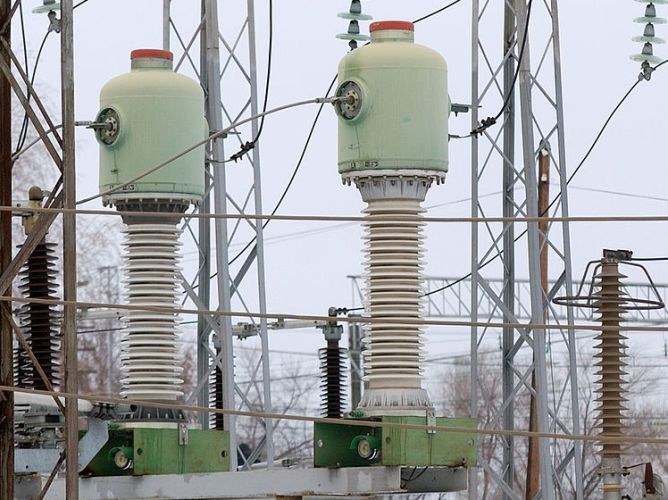The principle of operation of transformer
Transformer – technical device, transmitting electrical energy from a stationary coil to another coil which is not connected with the first electrically. The transfer of energy is through magnetic flux linking the winding and continuously changing the direction and magnitude ("Elementary electrical equipment for radio Amateurs", O. D. Batrakov, 1950).
When an alternating current passes through the primary coil, it creates a magnetic field. Powerful lines of force of this field penetrate not only the first but also the second winding of the transformer. Line is securely closed around the conductors, which are connected no electric, and magnetic.
The degree of coupling between the two coils is determined by the distance between them.
When the ends of the secondary coil are connected to the power consumer, in the circuit of an electric current, and connected to the circuit device receives power. Due to the difference in the number of turns of the primary and secondary coils it is possible to output any desired voltage. It is considered the main useful property of any transformer.
Why noise transformer
Power transformers are one of the sources of harmful noise, which can often be felt in the production areas. The noise, which resembles the buzz is most often caused by strong vibration of the active elements of the device, which are enhanced by resonance phenomena.
Why is there a vibration? It is in most cases due to a phenomenon called magnetostriction. This effect is a kind of deformation of the crystal lattice, which consists of magnetic material. Magnetostriction occurs when the magnetization of the structural elements, in which the induction increases, causing displacement of the crystal material.
The crystals come into rotation, whereby the linear dimensions of metal with high frequency change. This phenomenon leads to vibration and noise.
Another reason for the hum of the transformer is a manifestation of the magnetic forces. This effect is particularly pronounced at the junction of the connection elements of the device. Individual sheets of the transformer core under the influence of such lateral forces can bend, creating a sound wave and increasing the magnetostrictive effect. The transformer began to buzz.
The noise level of the transformers directly depends on their size and weight. Can affect the strength of the sound length of rod of the magnetic system, as well as the quality of steel. The entry of the system into resonance or damage to the turns of the coil can significantly increase the noise of the transformer.




